Understanding cat body language can be a delightful journey into the world of your feline friend. Cats communicate in subtle ways, and deciphering their signals can help foster a deeper bond between you and your pet. Whether it’s the way they flick their tail or the position of their ears, each gesture can tell you a lot about how they’re feeling. Let’s explore some common signs of cat body language and what they might mean.
The Flick of the Tail
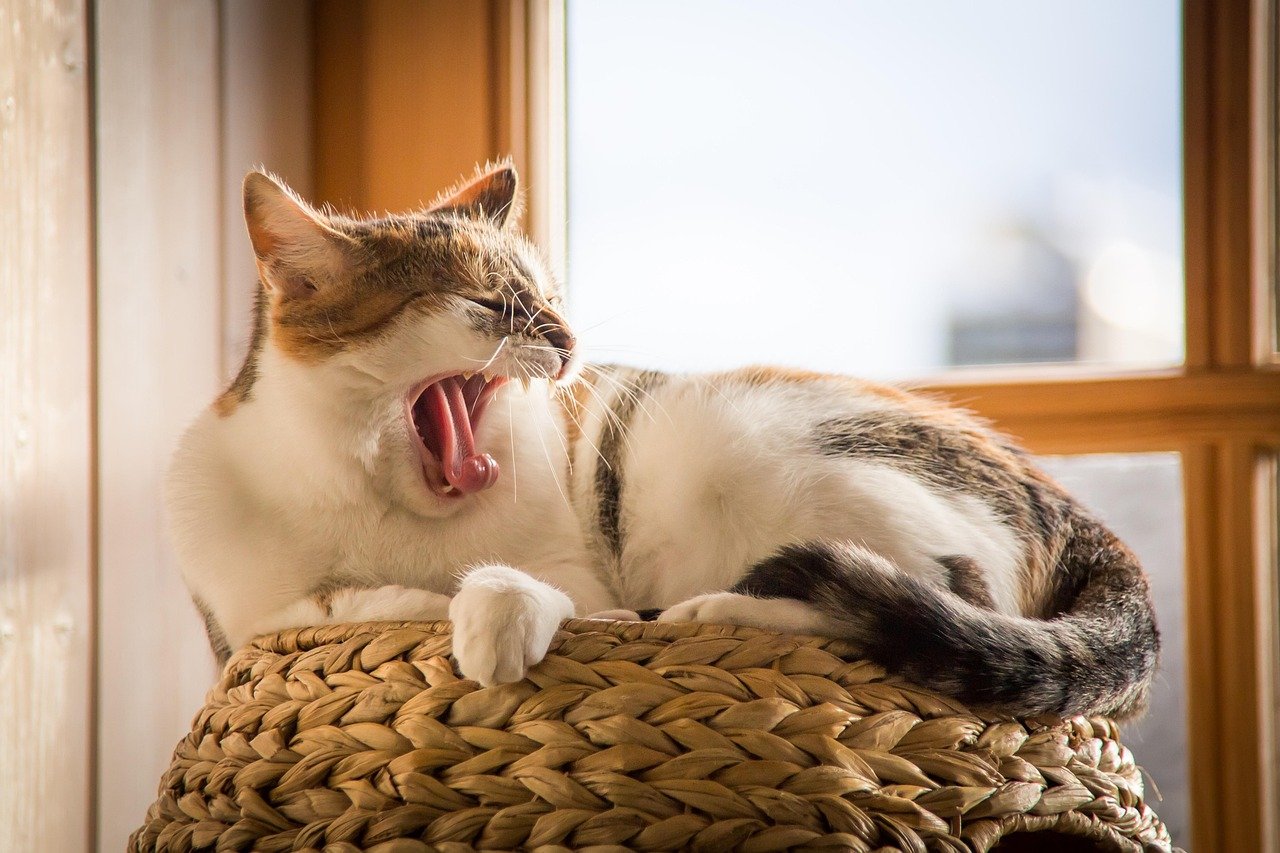
A cat’s tail is a significant indicator of its mood. When a cat flicks its tail back and forth rapidly, it often signifies irritation or annoyance. It’s like a warning sign, similar to how we might tap our fingers when impatient. On the other hand, a slow, gentle sway of the tail can indicate contentment or curiosity. It’s akin to a person nodding along to a pleasant conversation. Observing these tail movements can help you gauge whether your cat is in the mood for interaction or would prefer some alone time.
Purring: Not Always Happiness
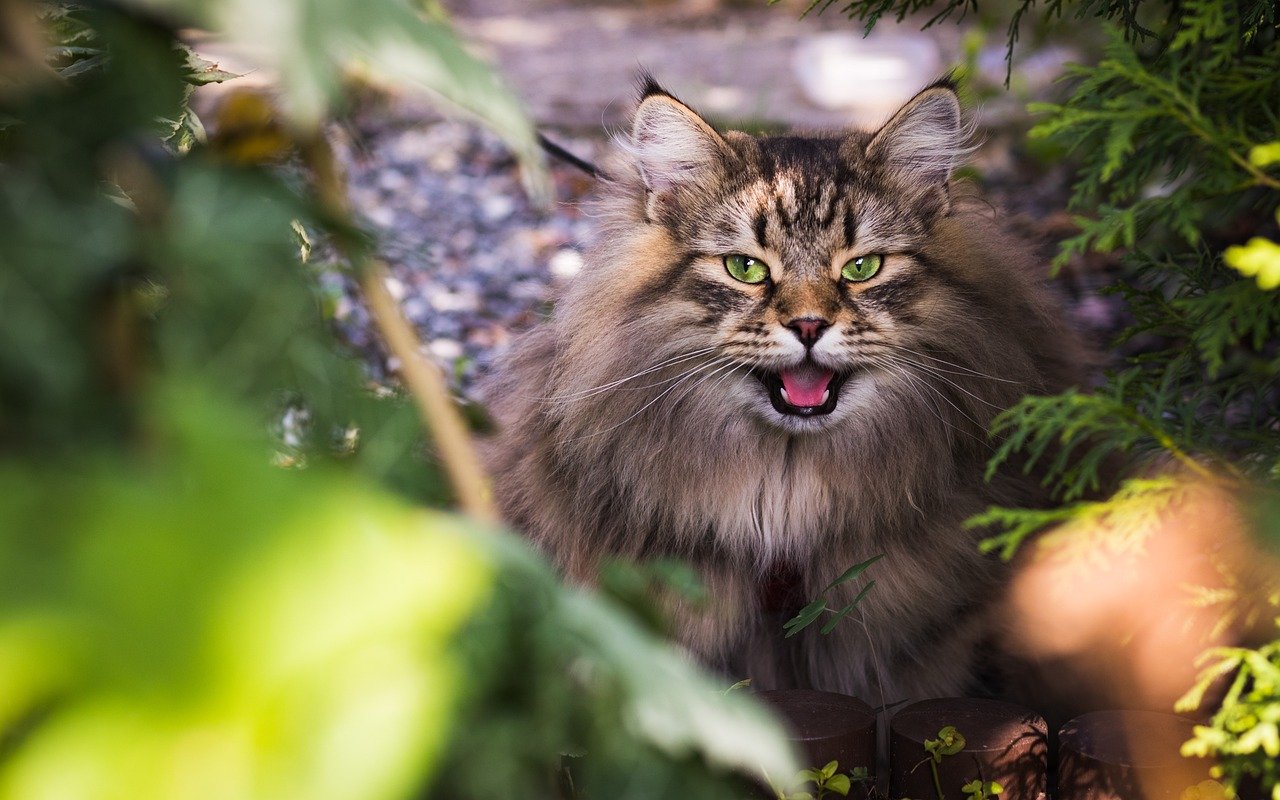
Many people associate a cat’s purr with happiness, and while it often is a sign of contentment, that’s not always the case. Cats also purr when they’re anxious or in pain, using the vibration as a soothing mechanism. Think of it like a person humming to calm themselves down. When your cat is purring, it’s essential to consider the context. Are they nestled in your lap, or are they hiding under the bed? Context can provide the clues you need to understand your cat’s true feelings.
The Ears Tell a Story
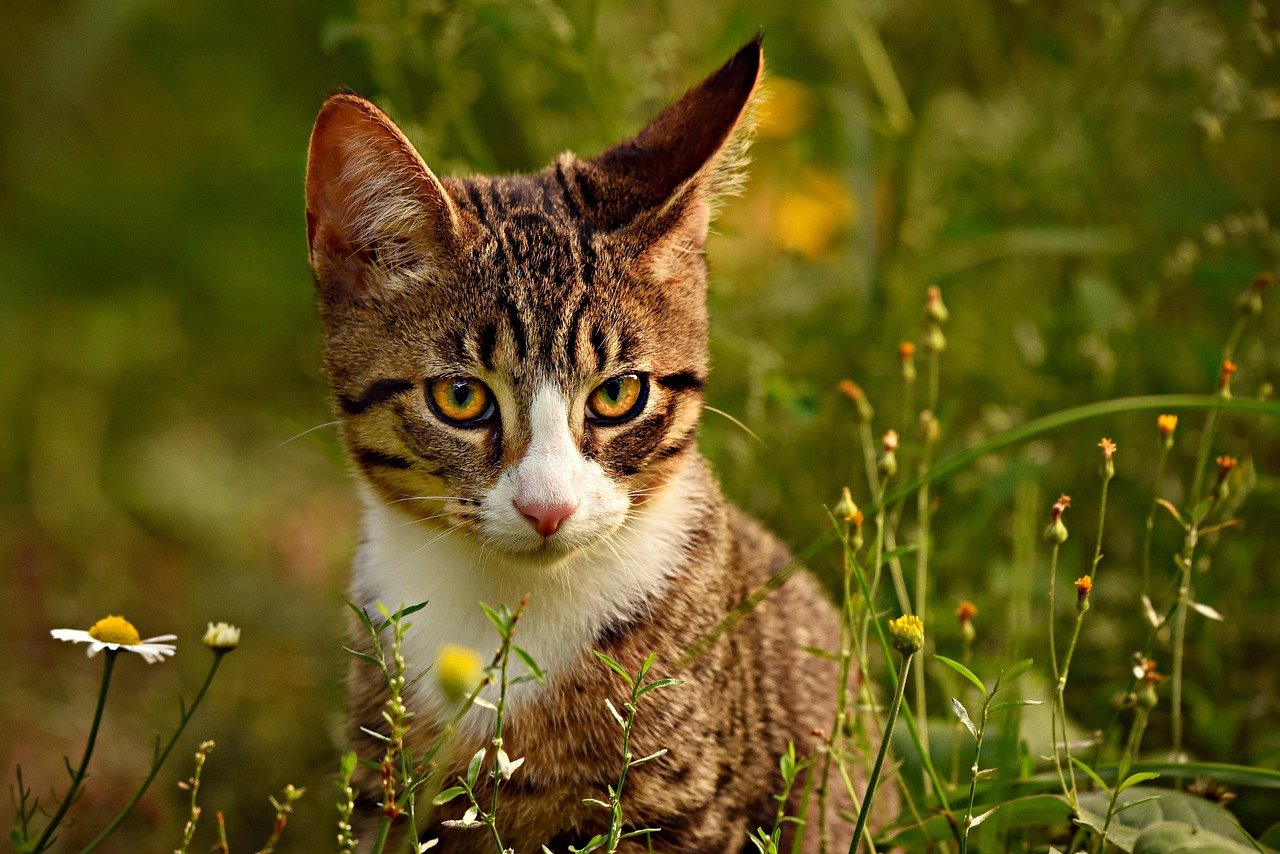
A cat’s ears are like a mood ring, shifting positions to reflect their emotions. Forward-facing ears usually signal interest or curiosity, much like how we lean forward when engrossed in a story. If their ears are flattened against their head, it often indicates fear or aggression, similar to when we clench our jaws in stress. Sideways ears can mean your cat is feeling threatened or unsure. By paying attention to the ears, you can better understand how your cat is reacting to their environment.
Whisker Positions
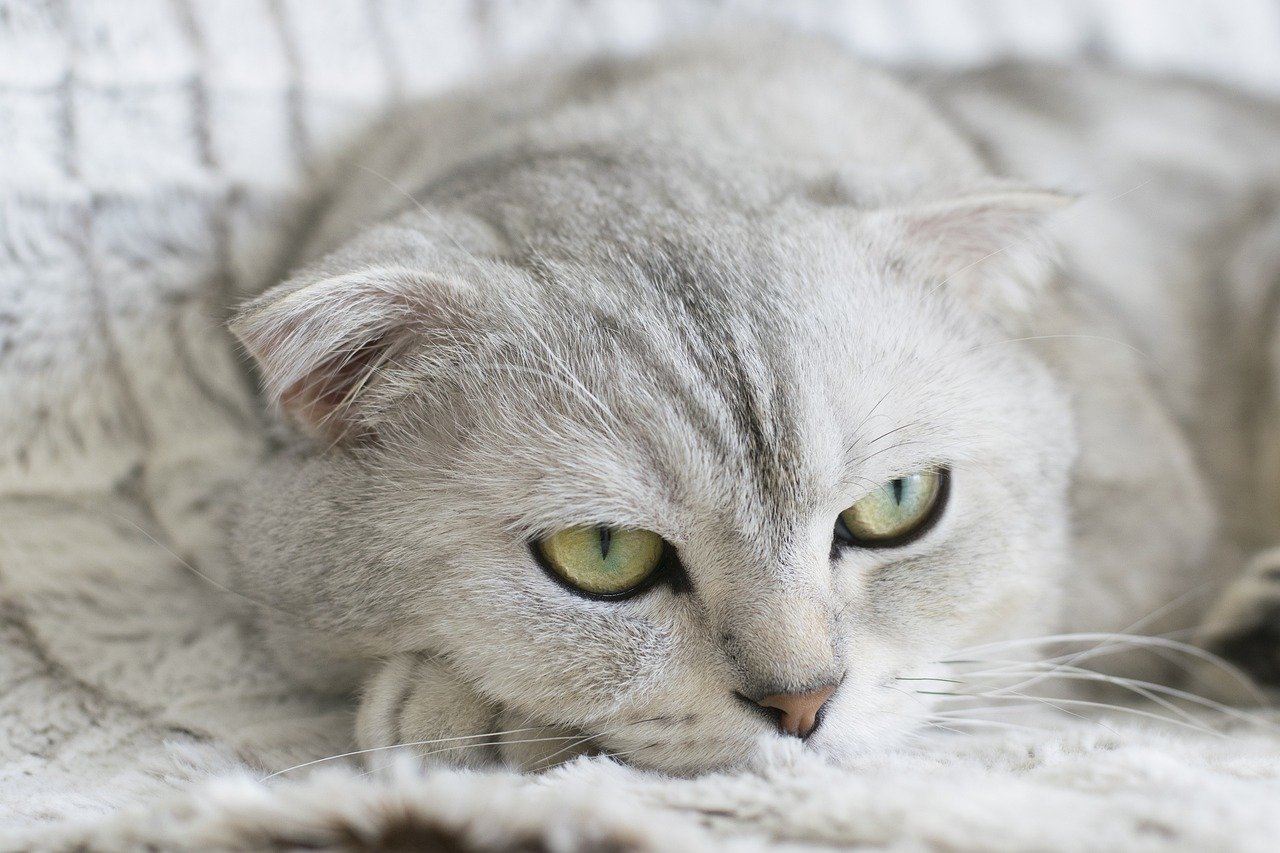
Whiskers are more than just adorable features on your cat’s face; they are crucial sensory tools. When a cat’s whiskers are pushed forward, it often means they are interested or excited, much like when we raise our eyebrows in surprise. Conversely, whiskers pulled back against the face may indicate that your cat is scared or defensive. Think of it as a person closing their eyes in a tense situation. Observing whisker positions can provide insights into your cat’s emotional state.
Eye Contact and Blinking
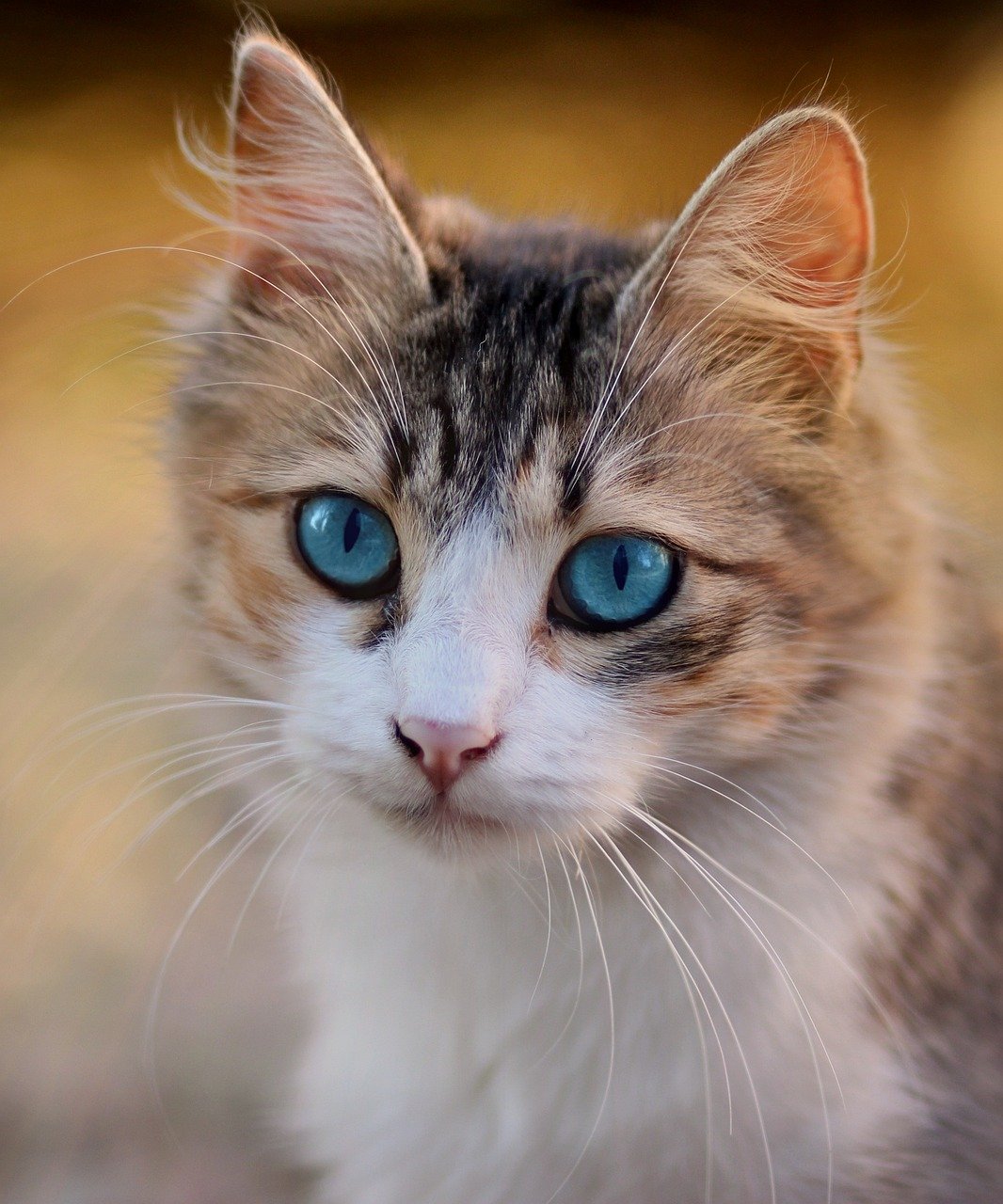
Eye contact in cats can be quite telling. A slow blink from your cat is often a sign of trust and affection, akin to a friendly wink from a friend. It’s their way of saying they feel safe with you. Direct, unblinking eye contact, however, can be perceived as a challenge or threat, similar to a staring contest. It’s usually best to avoid staring directly into a cat’s eyes unless you’re familiar with them and know they feel comfortable with you.
Arched Back and Raised Fur

When a cat arches its back and raises its fur, it’s often a defensive posture. This position makes them appear larger and more intimidating to potential threats. It’s like how we might puff out our chest when confronted. It’s a clear sign that your cat is feeling threatened or scared. If you see your cat in this stance, it’s a good idea to give them space and time to calm down.
Rolling Over and Showing the Belly
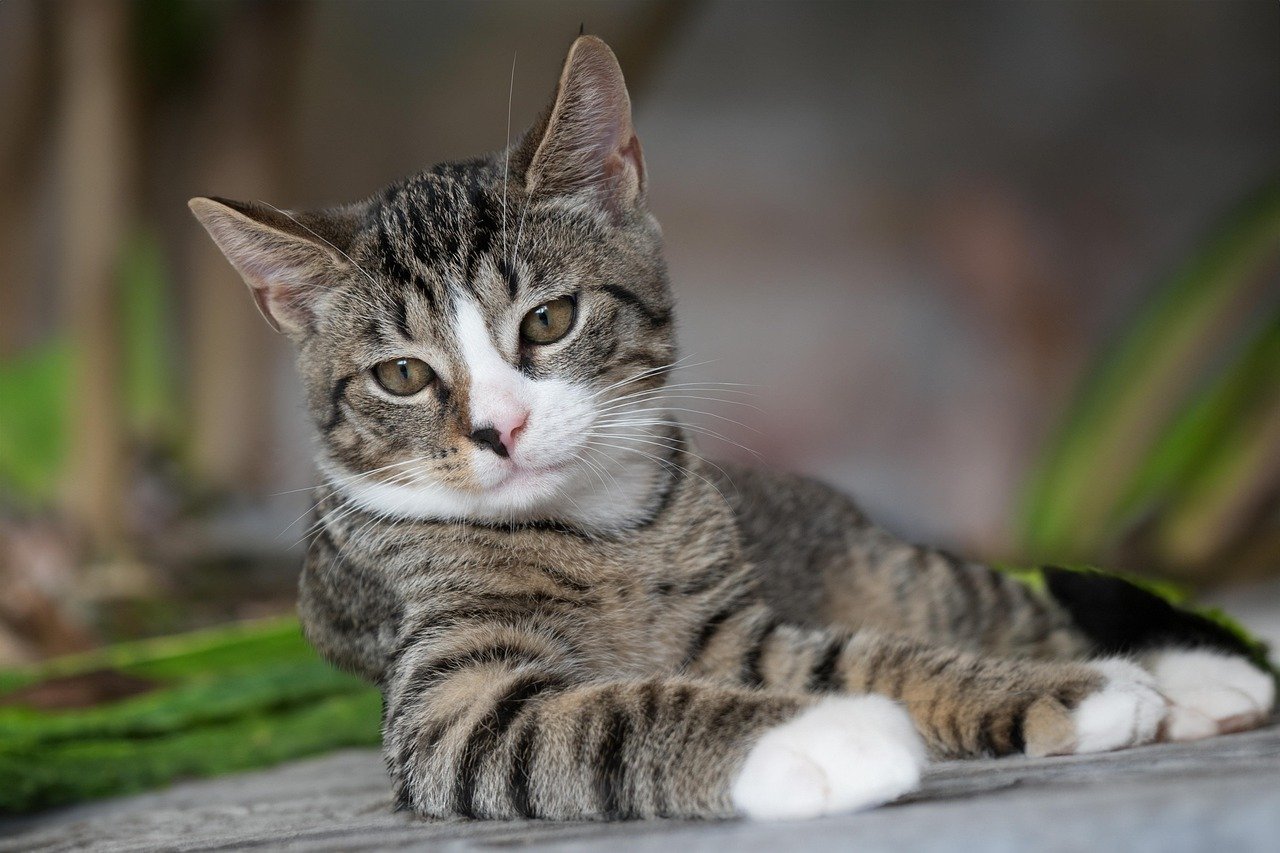
When a cat rolls over and exposes its belly, it can be a sign of trust and relaxation. In the wild, a cat’s belly is its most vulnerable area, so showing it is a significant gesture of trust. It’s similar to someone letting their guard down around a friend. However, not all cats enjoy belly rubs, and some may react with a playful nip or swipe if you try. Always gauge your cat’s comfort level before attempting to pet their tummy.
Vocalizations and Their Meanings
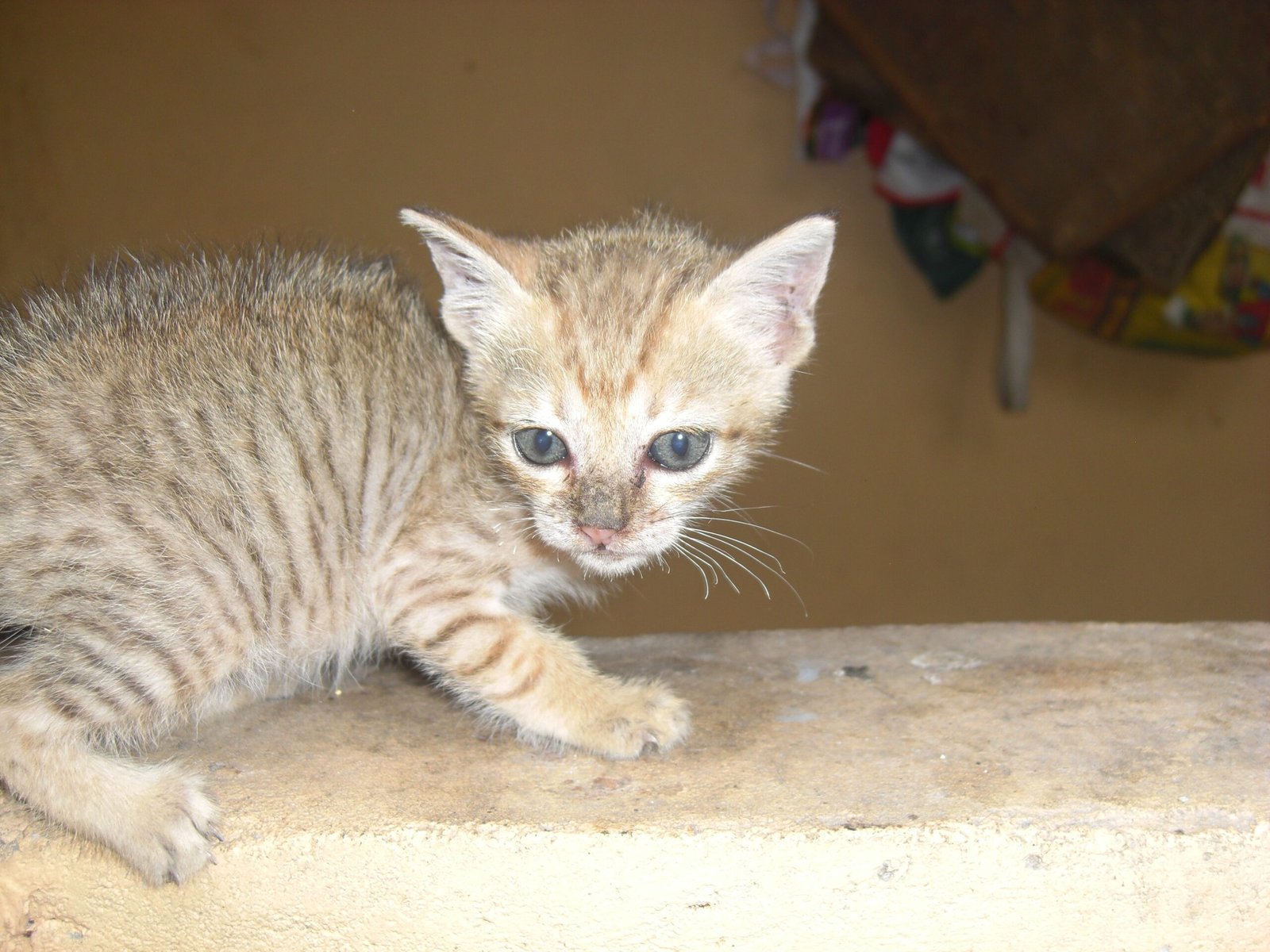
Cats have a variety of vocalizations, each with its own meaning. A soft meow or chirp often indicates a friendly greeting, much like saying hello. A loud, insistent meow might mean they want attention or food, akin to someone calling your name to get your attention. Hissing, growling, or yowling usually signals distress or aggression, comparable to shouting when upset. Understanding these sounds can help you respond appropriately to your cat’s needs.
Rubbing Against You
When a cat rubs its head or body against you, it’s marking you with its scent. This behavior is a sign of affection and ownership, much like how we might hug a loved one. Cats have scent glands on their cheeks and head, and by rubbing against you, they’re claiming you as part of their territory. It’s a warm gesture that indicates they feel comfortable and secure in your presence.
Playful Biting

Playful biting is a common behavior in cats, especially kittens. It’s a way for them to practice hunting skills and is usually not meant to cause harm. It’s similar to how children play tag to expend energy and practice social skills. However, if the biting becomes too aggressive, it’s important to redirect their energy with toys or games. Understanding the difference between playful and aggressive biting can help maintain a harmonious relationship with your cat.
Conclusion

Deciphering cat body language is like learning a new language. Each gesture, flick, and purr carries a message, and understanding these signals can enhance the bond you share with your feline companion. By paying attention to the nuances of their behavior, you can ensure that your cat feels understood, loved, and well cared for. The journey into understanding your cat’s language is rewarding, offering insights into their mysterious yet charming world.
Hi, I’m Bola, a passionate writer and creative strategist with a knack for crafting compelling content that educates, inspires, and connects. Over the years, I’ve honed my skills across various writing fields, including content creation, copywriting, online course development, and video scriptwriting.
When I’m not at my desk, you’ll find me exploring new ideas, reading books, or brainstorming creative ways to solve challenges. I believe that words have the power to transform, and I’m here to help you leverage that power for success.
Thanks for stopping by, Keep coming to this website to checkout new articles form me. You’d always love it!






